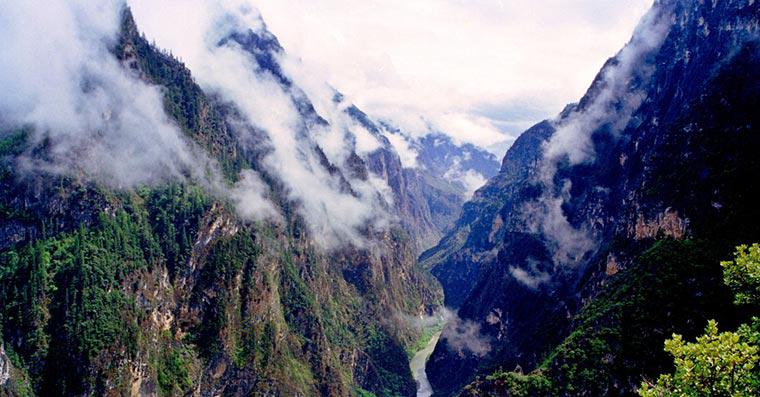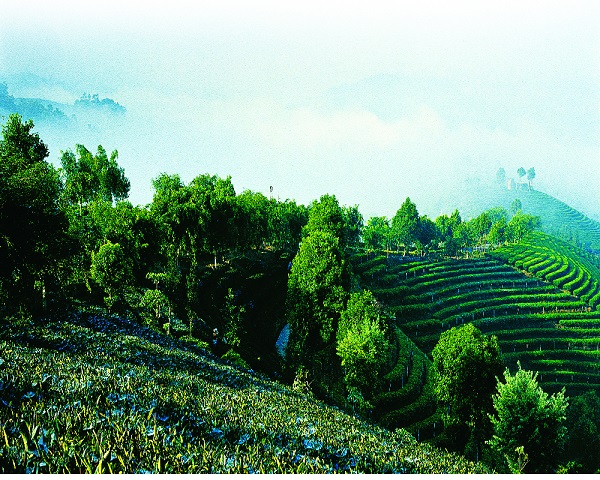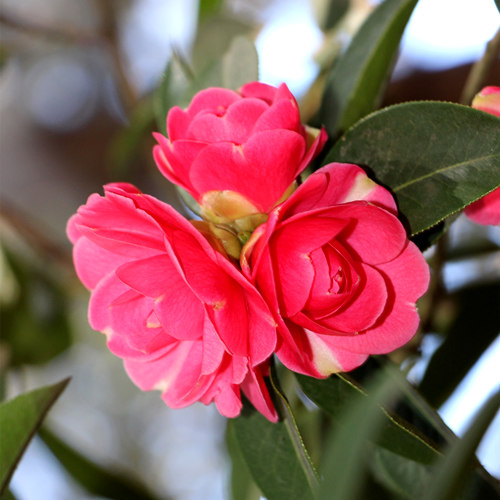
Detailed Introduction to Jinghong of Xishuangbanna Prefecture
1. Overview
Jinghong City is the political, economic and cultural center of Xishuangbanna, lying on the banks of the Mekong (Lancang) River at the gateway between tropical Southeast Asia and China. With an urban population of roughly 350,000 (total ≈660,000 in the prefecture‑level city) and an area of about 3,300 km², Jinghong serves as the hub for cross‑border trade, ethnic tourism, tropical agriculture and ecological conservation in southwest Yunnan.
2. Geography & Climate
Location: Southern Yunnan, bordering Myanmar’s Shan State to the west and Laos’ Luang Namtha Province to the south across the Mekong.
Elevation: 550–1,600 m, sloping from the highlands in the north down to the river valley in the south.
Climate: Tropical‑savanna (Aw), with a distinct wet season (May–October) and dry season (November–April).
Average annual temperature: ~22.5 °C
Highest month: June (~28 °C average)
Lowest month: January (~17 °C average)
Annual rainfall: ~1,200–1,500 mm
This warm, humid climate supports year‑round agriculture and lush rainforest remnants in and around the city.
3. History & Ethnic Composition
Historical Role: For centuries the seat of the Tai Lü kingdom of Chiang Hung, an important node on the Southwestern Silk Road linking Yunnan with Burma, Laos and Thailand. Qing‑era tribute missions and later British‑French trade caravans all passed through Jinghong.
Ethnic Makeup: Over 50% of city residents are Dai, with Han, Hani, Bulang, Jinuo, Lahu, Wa, Yao, Miao and other groups making up the remainder. This diversity gives Jinghong its multilingual street signs, varied temple architecture and festival calendar.
4. Economy & Agriculture
Tropical Crops: Rubber, tea (especially Pu’er and Xishuangbanna black tea), bananas, coffee and tropical fruits (mango, pineapple, longan).
Rubber Industry: Xishuangbanna is China’s largest rubber‑planting region; Jinghong hosts major processing plants.
Cross‑Border Trade: The New International Land‑Sea Trade Corridor connects Jinghong to Thailand via Laos; Laoyingzhou and Manhao border ports handle agricultural and consumer goods.
Tourism & Services: Ethnic culture, botanical gardens and wildlife parks drive a booming hospitality sector.
5. Culture & Festivals
Water‑Splashing Festival (Songkran): Held mid‑April, marking the Dai New Year with street parades, temple ceremonies and city‑wide water fights.
Bamboo Rice Festival (竹筒饭节): Celebrates the harvest with traditional sticky‑rice cooked in bamboo tubes, Dai dances and bullock races.
Ganlan Festival: Honors the Ganlan tree spirit with fruit‑offering rituals.
Architecture: Stilted wooden Dai houses, multi‑tiered temple halls with naga balustrades, and the ornate Jingzhen Octagonal Pavilion.
6. Key Attractions
Manting Park (勐廷公园)
– Imperial Qing‑era Dai garden, now featuring pavilions, lagoons and the grand Manting Temple.
Tropical Botanical Garden
– Conserves thousands of tropical plant species, with themed zones for palms, orchids and a canopy walk.
Wild Elephant Valley
– A sanctuary on the city’s outskirts where free‑ranging Asian elephants and other wildlife can be observed.
Mengle River Cruise
– Scenic boat trips through limestone gorges, Dai villages and riverside tea plantations.
Night Market & Riverside Promenade
– Lively evening stalls selling ethnic handicrafts, street‑food specialties and Mekong River views.
7. Transportation
Air: Xishuangbanna Gasa International Airport (JHG), ~7 km north of downtown, serves direct flights to Kunming, Guangzhou, Chengdu, and regional Southeast Asian cities.
Rail & Road: The Yuxi–Mohan high‑speed rail line will link Jinghong to Kunming in ≈3 hrs (under construction). Highways connect the city to Pu’er, Jinggu and the Laos border.
River: Cargo and tourist boats ply the Mekong (Lancang) south to Laos and Thailand.
8. Education & Research
Home to Xishuangbanna Tropical Botanical Garden (Chinese Academy of Sciences), Yunnan University of Nationalities (Jinghong campus), and specialized institutes in tropical agriculture, forestry and ethnic studies.
9. Ecology & Conservation
Surrounding tropical rainforests, elephant corridors and nature reserves (e.g., Nangun River Nature Reserve) are critical for regional biodiversity.
City policies emphasize green growth, with urban wetlands, parks and reforestation balancing expanding rubber plantations.
10. Future Outlook
Jinghong is poised to become a pivot of C



